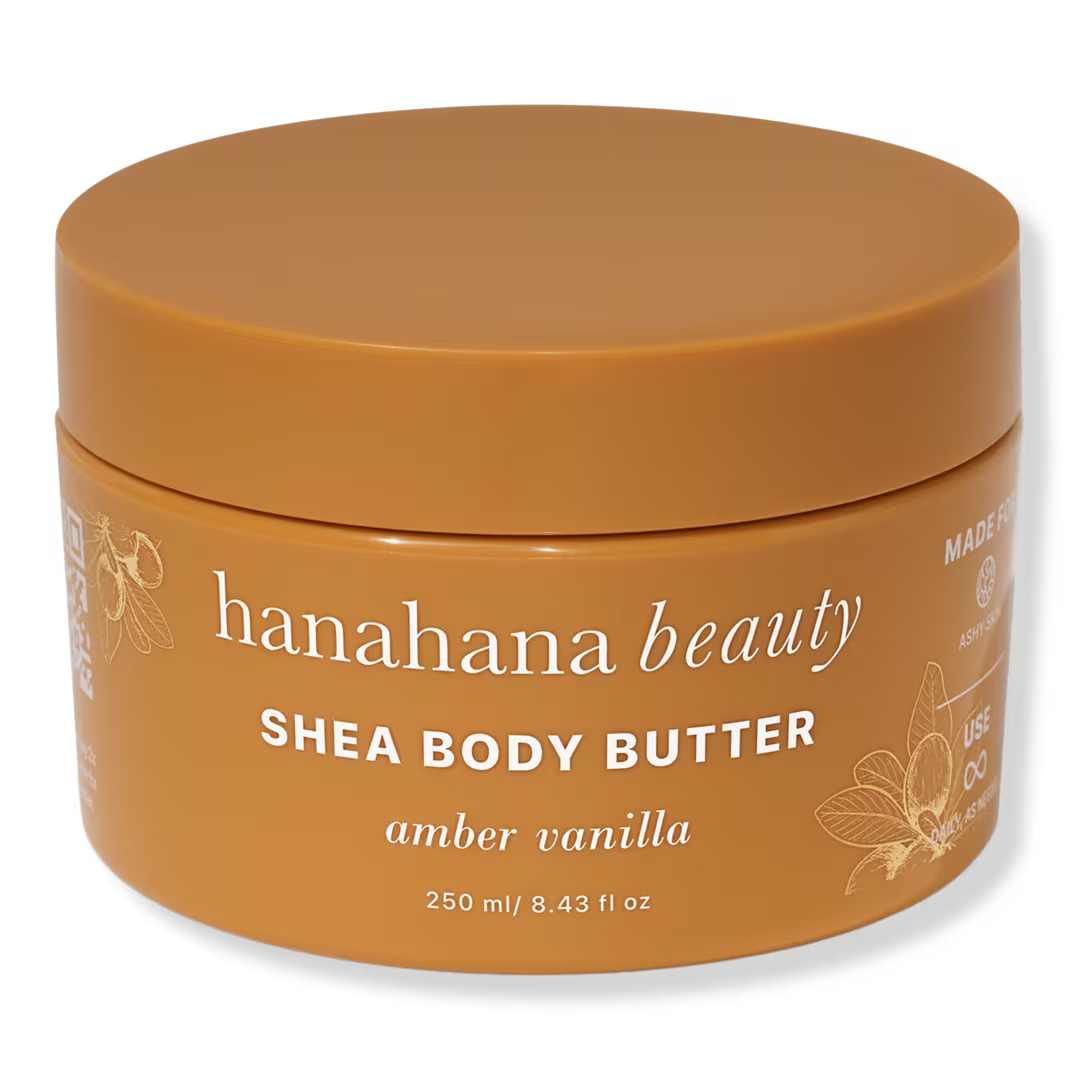
The most anticipated series of shows of the season has come to an end, Paris Fashion Week. And over its course, we’ve seen a heap of style moments unfold before our eyes—for some of us, it’s at the shows themselves, for most of us, it’s been through our phones. But I can’t help thinking about how celebrity-centric these weeks have become. Similar to how what athletes wear to games is now as important as the game itself, which celebrities are attending designers’ shows have garnered almost as much attention as the shows themselves. With their inherent, pointed sense of style, musicians take up the most space. Think of Usher’s costume-leaning spunk, Erykah Badu’s eccentricity, Teyana Taylor’s punk sensibility, Lauryn Hill’s just-go-for-it attitude, and Gunna who is experimental at times.
Another celebrity is capturing our attention: Doechii, who was named Billboard’s 2025 Woman of the Year this week and won Best Rap Album at this year’s Grammy Awards. In fashion, she’s next! And perhaps this shouldn’t be a surprise, for some observers anticipated her ascension. The 88th edition of fashion critic Rachel Tashjian’s popular newsletter, “Opulent Tips,” listed the rapper as one of the best-dressed people in 2024. Tashjian’s reasoning: “I don’t believe any musician uses fashion as creatively as Doechii.” This has proven true outside fashion week, and indeed during it. Her stylist Sam Woolf is a worthy creative partner for the artist.
On top of that, she’s a dark-skinned Black woman, making this all the more significant. So that’s what’s important on the celebrity side of things. As for what the wares shown on designers’ runways in The City of Light suggested: lean into the weird, assertive, and arty—sexiness be damned!
Hermés Gets Assertive

This season’s Hermés had its expected supple leather outerwear, great knitwear, and the most luxurious bags in the business. (The understanding among industry folk is that, except for the Chanel flap bag, just about every other one a luxury brand makes is Hermés-inspired.) The collection had specks of light green, cream, and tan, but it was generally dark in mood and assertive in character. That was evident, it’s mostly black and dark brown looks: one of them thigh-baring with shorts that sat high under a cinched puffer coat; another in a charcoal grey set that had black leather piping, worn with shiny, pointed black boots and a slicked-back hairdo; and many others that reflected the Hermés woman. A woman who’s always known who she was but hasn’t always said it out loud. That all changes come fall.
Dialing It Back At Vivienne Westwood

Andreas Kronthaler’s vision for the label grows more refined each season. The clothes get simpler without losing their Westwoodisms. I saw the collection and thought “this is the most mainstream batch I’ve seen from the brand in a while.” But I’m not mad at it. It’s the way nowadays, which, on the one hand, is unfortunate. On the other, such as in Kronthaler’s recent collection, it gives the consumer who doesn’t want to think too much about what they wear the ability to keep a point of view. Ties can go to the knee. Fashionably oversized trousers don’t have to be neutral, but instead abstract-printed or in strange muted tones, and super skinny ones buck the (better) trend of the former because good taste bows to expressive statement, here.
Valentino’s Clothes For The Times

There may not be a point in trying to make sense of Alessandro Michele’s designs because, on the surface, he isn’t interested in sensemaking. And he’s brought that approach to Valentino from Gucci, his previous employer, with just a smidge more lavishness. This was his second ready-to-wear collection at the house, clean in its all-over-the-place aesthetic. There was a floral robe and snakeskin bag paired with slightly flared denim and Vans. The simplest look consisted of a black coat, neck-to-foot lace underlayer, and sparkly heels. The see-through polka dotted pussy bow blouse worn under a model’s olive-toned tweed blazer looked so fresh, and feminine, and masculine. Unlike the safe designs several designers are pushing—but which, if we’re honest, we don’t identify with at our core—Michele this season showed clothes closer to our real lives, senseless as they are, controlled as we’d prefer they were.
The Art And Craft Of Loewe








Sometimes brands opt for showroom presentations instead of runway shows. It’s cheaper; less chaotic. But more importantly, it allows buyers, clients, and the press to see the clothes up close. It’s often said that what may seem relatively unspectacular on the runway can be better appreciated upon closer inspection. Loewe, the Spanish luxury brand led by designer Jonathan Anderson, didn’t have the usual runway show this season. Instead, it held at the Hôtel de Maisons a kind of exhibition blending the house’s fusion of art and craft. Indeed, that’s what Anderson has become known for at Loewe and his eponymous label. The brand described the collection as “a scrapbook of ideas: things old and new that are gathered at random to be preserved as memories or to serve as inspiration.” Well, that’s crafty! But in other news: it’s rumored the designer could be leaving the brand soon for Dior, and that such a presentation style this season could be a further hint to that. Neither is confirmed, though one thing’s for sure: should Anderson leave, he’ll surely have made his mark.
Fashion Meets Literature At Dior

Maria Grazia Chiuri’s taste is contested terrain. Or rather, how she applies that at Christian Dior, where she is the brand’s first woman appointed creative director. People don’t always get her clothes. How she uses trimmings, the way she cuts garments and how they’re assembled on women’s bodies can look antiquated at first glance. And, you know, maybe that’s okay. Head-tilting fashion does the eye some good. Plus, any designer drawing inspiration from an early twentieth century Virginia Woolf novel—as Chiuri did this season—is alright in my book.






